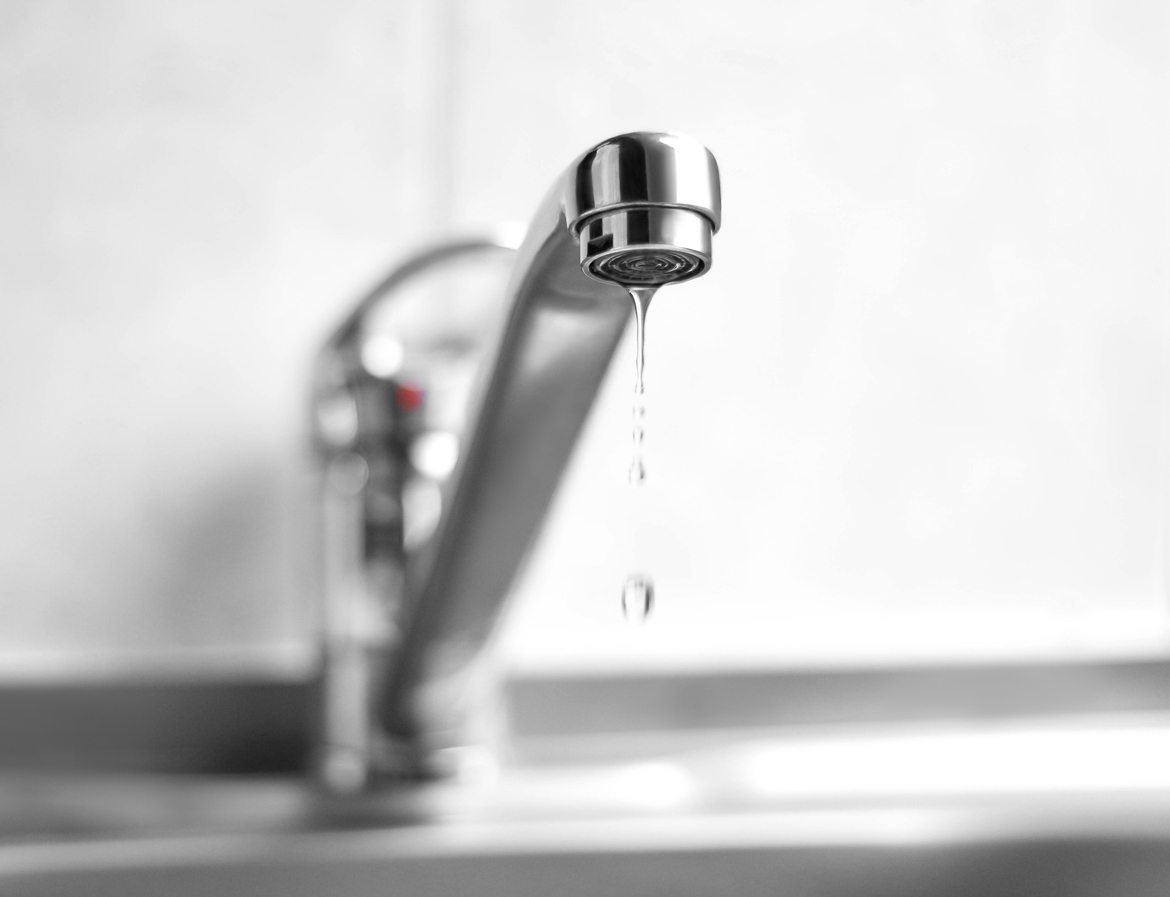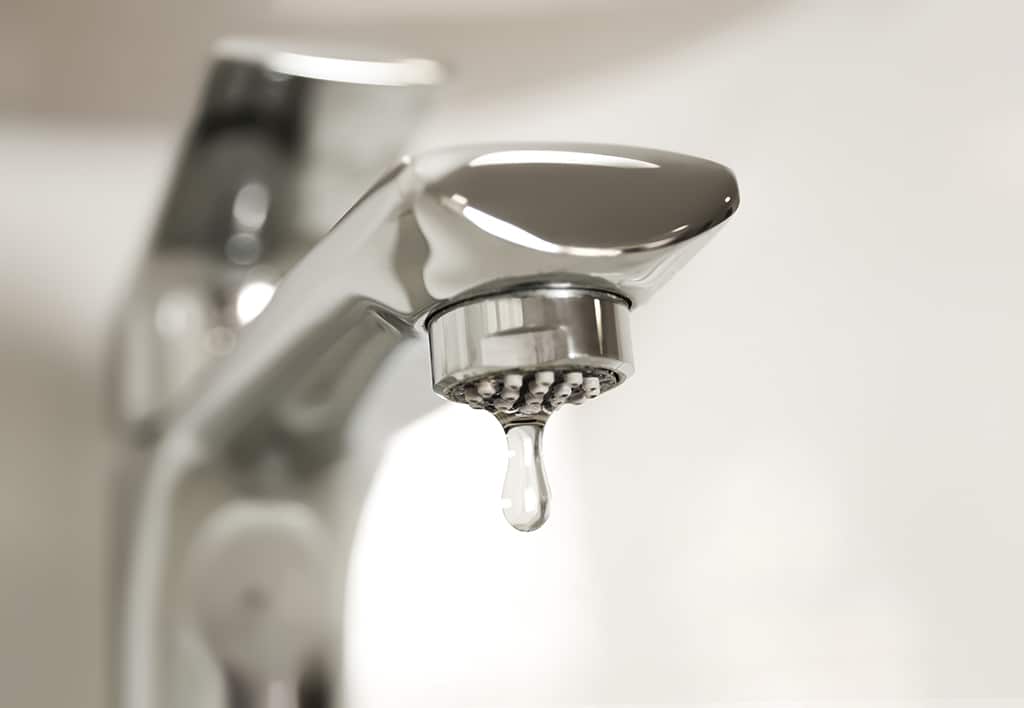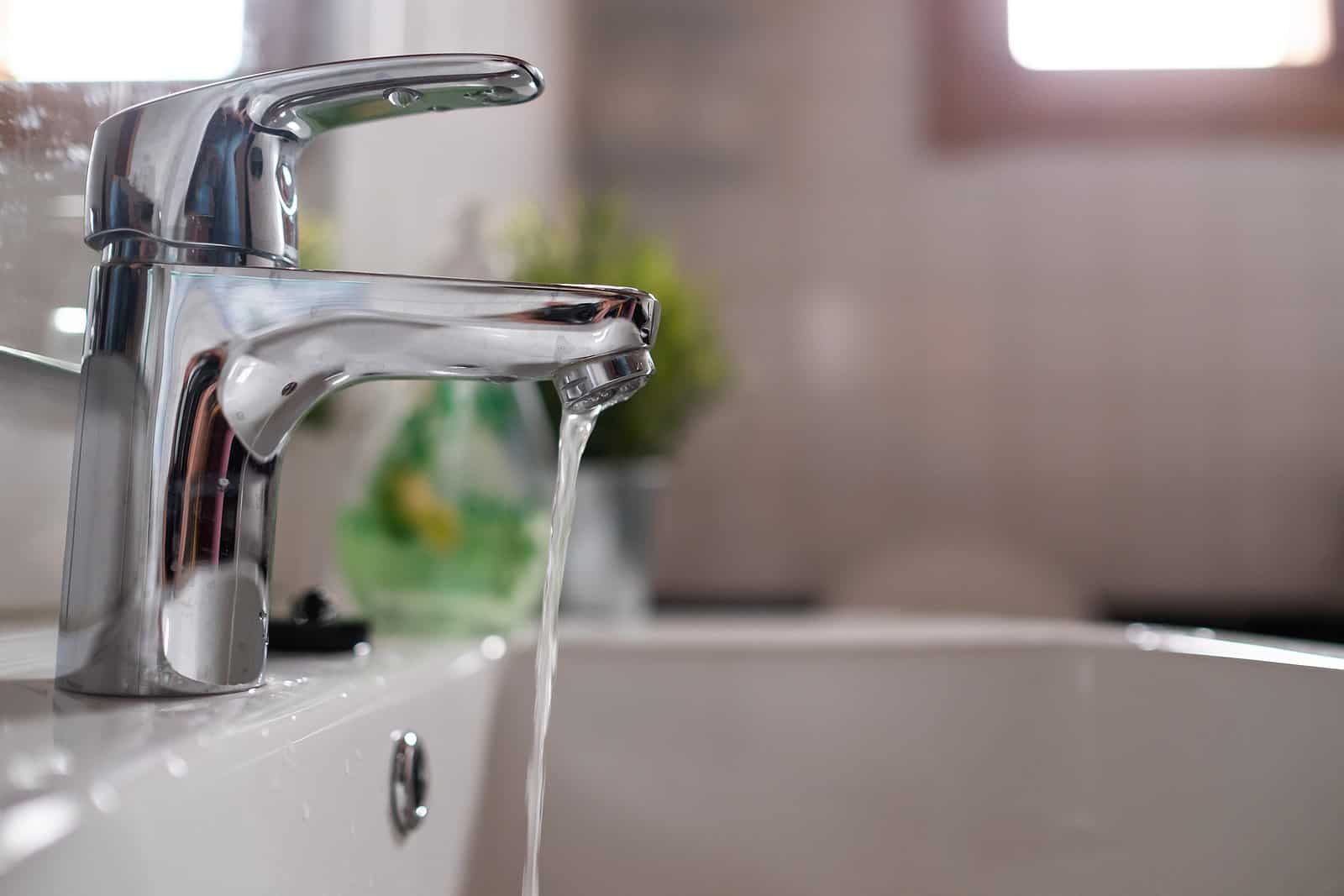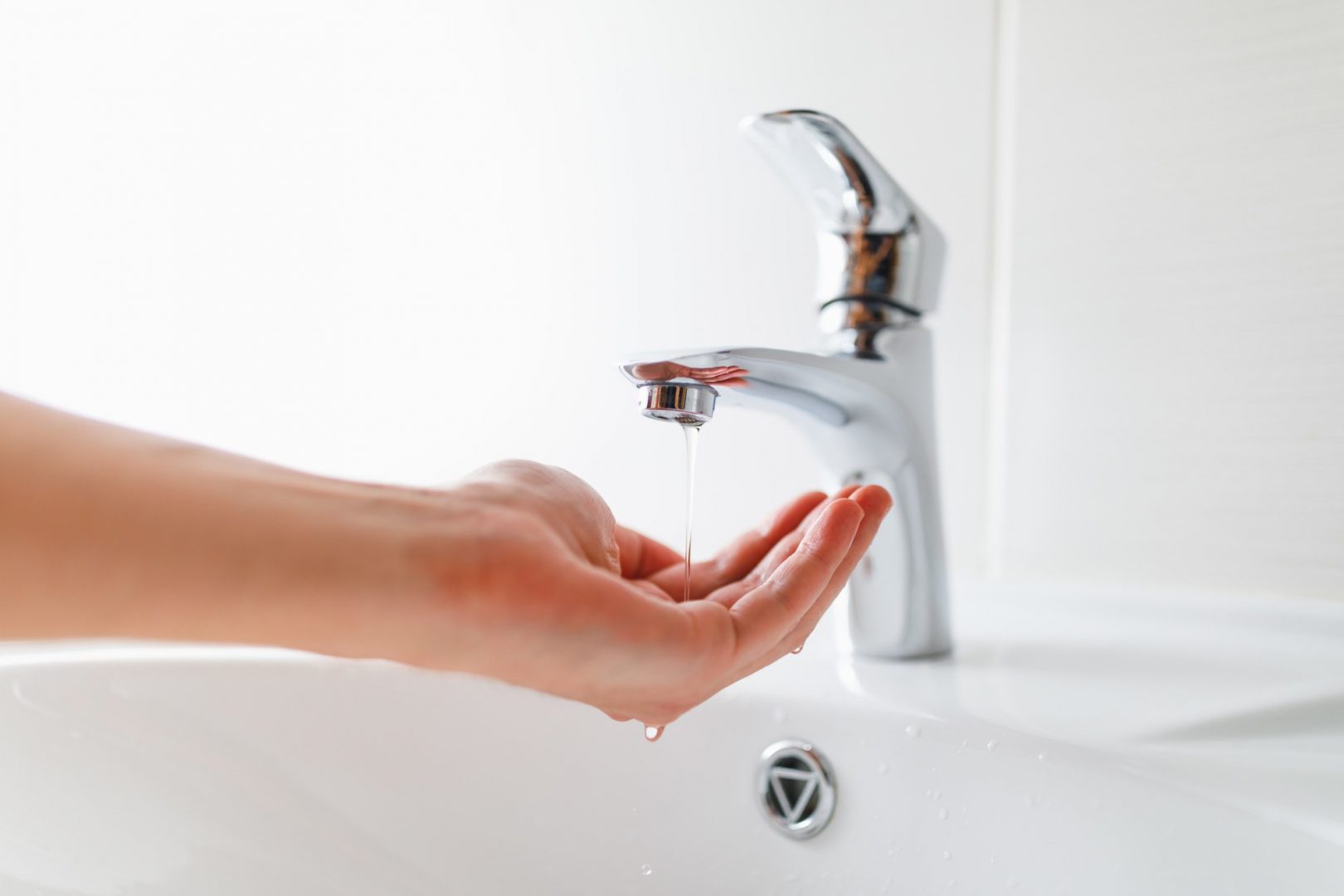What causes faucets to drip? A dripping faucet is a common household annoyance that not only wastes water but also leads to increased water bills and potential damage. Understanding the causes behind a faucet dripping is crucial for identifying and resolving the issue effectively. In this comprehensive guide, we will explore the various reasons why faucets drip, ranging from simple to complex issues, and discuss possible solutions to help you fix the problem and restore the functionality of your faucet.

Worn-Out or Faulty O-Rings:
O-rings, made of rubber or silicone, seal the connection between the faucet’s handles and the spout. Over time, O-rings can deteriorate, causing leaks and drips. Replacing the worn-out O-rings with new ones is often a straightforward and inexpensive solution to address this issue.
Damaged Valve Seats:
Valve seats are located within the copper faucets and serve as a connection point for the spout and the faucet body. Constant friction and mineral deposits can cause valve seats to wear out or become corroded, resulting in leaks and drips. Resurfacing or replacing the valve seats can help resolve this problem.
Worn-Out Washers:
Washers act as seals within the faucet’s internal mechanism, creating a watertight connection between the spout and the handle. Continuous usage can cause these washers to deteriorate or become torn, causing dripping or leaking. Replacing the worn-out washers with new ones is a common and relatively simple solution.
Faulty Cartridge or Ceramic Disc:
If your faucet has a cartridge or ceramic disc mechanism, a faulty or damaged component can cause dripping. These mechanisms control the flow and mixing of hot and cold water. Over time, the cartridge or ceramic disc can become worn or cracked, resulting in leaks. Replacing the faulty cartridge or disc is necessary to fix the problem.

Loose or Corroded Connections:
Loose or corroded connections within the faucet can result in dripping. Over time, the various connections within the faucet, such as supply line connections or mounting nuts, can become loose due to regular usage. Additionally, mineral deposits or corrosion can weaken these connections. Tightening or replacing the affected components can rectify this issue.
Excessive Water Pressure:
High water pressure can cause internal components within the faucet to wear out more rapidly, leading to dripping. If the water pressure in your household is excessively high, installing a pressure regulator or adjusting the pressure can help alleviate this issue and prevent future drips.
Mineral Buildup and Hard Water Deposits:
Mineral buildup and hard water deposits are common culprits behind faucet drips. Over time, minerals and sediment from the water supply can accumulate within the faucet, causing blockages or affecting internal components. Regular cleaning and descaling of the faucet can prevent mineral buildup and resolve dripping issues.
Age and General Wear and Tear:
As with any mechanical device, faucets may simply wear out over time due to general usage, leading to drips. Internal components, such as seals or valves, can deteriorate or become damaged, resulting in leaks. In such cases, replacing the faucet with a new one may be the best solution to resolve the persistent dripping.

What styles are there in faucets?
Faucets play a crucial role in both functionality and design aesthetics within bathrooms, kitchens, and other areas. A wide array of faucet styles is available on the market today, catering to different preferences and design themes. Choosing the right faucet style can enhance the overall aesthetic appeal of your space.
Single-Handle Faucets:
Single-handle faucets, also known as single-hole faucets, feature a single lever or handle that controls both the flow and temperature of the water. These faucets offer a streamlined and minimalist appearance, making them ideal for contemporary spaces. Single-handle faucets are available in different finishes, such as chrome, brushed nickel, or matte black, allowing for customization to suit various design schemes.
Double-Handle Faucets:
Double-handle faucets consist of two separate handles or knobs—one for hot water and one for cold water. These shower faucets typically have a classic, traditional look and are a popular choice for retro or vintage-themed bathrooms or kitchens. Double-handle faucets offer separate control over hot and cold water, allowing for more precise temperature adjustments.
Bridge Faucets:
Bridge faucets are known for their stylish and elegant appearance. They feature a bridge-style design with two handles connected to the spout by a bridge-like structure. Bridge faucets often evoke a sense of nostalgia and are commonly seen in farmhouse or traditional-style kitchens. These faucets can serve as a focal point, adding a touch of sophistication to the overall design.

Pull-Out and Pull-Down Faucets:
Pull-out and pull-down faucets are highly functional and feature a spray head that can be pulled out or down from the faucet body. These faucets offer enhanced flexibility and ease of use, making them popular choices for kitchen sinks. Pull-out faucets typically have a shorter spout, while pull-down faucets have a taller spout. Both styles allow for convenient rinsing and cleaning of dishes and the sink.
Wall-Mounted Faucets:
Wall-mounted faucets are installed directly on the wall, rather than on the countertop or sink. These faucets create a sleek and modern look, with the plumbing concealed within the wall. Wall-mounted faucets are often used in contemporary bathrooms or kitchen designs, providing a minimalist and clutter-free appearance. They are particularly suitable for vessel sinks or freestanding bathtubs.
Widespread Faucets:
Widespread faucets comprise separate handles and a spout, each installed with its own mounting plate. The handles and spout are positioned farther apart, allowing for a more extensive and customizable installation. Widespread faucets provide a luxurious and elegant look, making them popular in upscale or traditional-style bathrooms.
Centerset Faucets:
Centerset faucets feature a single body unit that combines the spout and the handles. These faucets are designed to fit a three-hole sink or countertop, with the handles and spout arranged closely together. Centerset faucets are versatile and commonly found in bathrooms, providing a streamlined and compact appearance suitable for a range of design themes.

Conclusion:
Faucet dripping is a common household problem caused by various factors, including worn-out O-rings, damaged valve seats, faulty washers, cartridge or disc issues, loose connections, high water pressure, mineral buildup, and general wear and tear. Understanding the causes behind dripping faucets enables homeowners to identify and resolve the issue effectively. Whether through simple repairs, component replacements, pressure adjustments, or cleaning and maintenance, fixing a dripping faucet can restore its functionality, conserve water, and save on unnecessary costs. By addressing the underlying causes and taking necessary corrective action, you can eliminate faucet dripping and ensure a trouble-free water fixture in your home.
